Meidao Textile is a company specializing in textile printing services, providing high-quality printing for various garments and home textiles. However, as market demands become increasingly diverse and customer expectations rise, the traditional screen printing process has struggled to keep up in terms of production efficiency and quality control. Meidao Textile needed an advanced printing solution that could boost production efficiency, ensure consistent print quality, and reduce error rates.
Before adopting digital printing technology, Meidao Textile relied heavily on traditional screen printing. While this method has a long history, it faced several significant challenges in modern production:
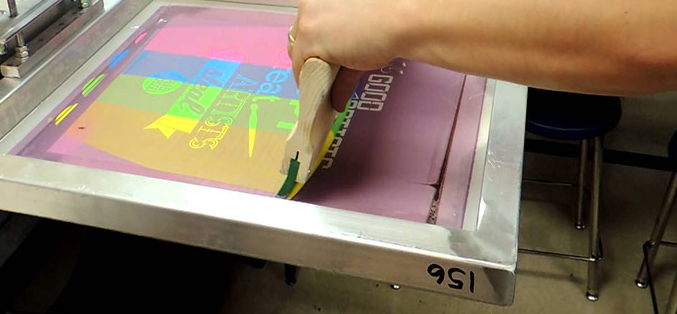
To address these challenges, we provided Meidao Textile with four HOLDWIN 8-head industrial-grade sublimation digital printing machines. These machines, with their exceptional performance and flexible operation, enabled Meidao Textile to fully upgrade their production process.
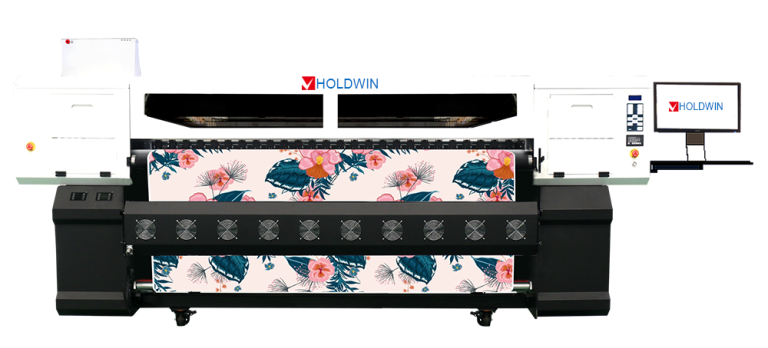
During the implementation phase, we worked closely with Meidao Textile to ensure the smooth installation and commissioning of the digital printing machines. The specific steps were as follows:
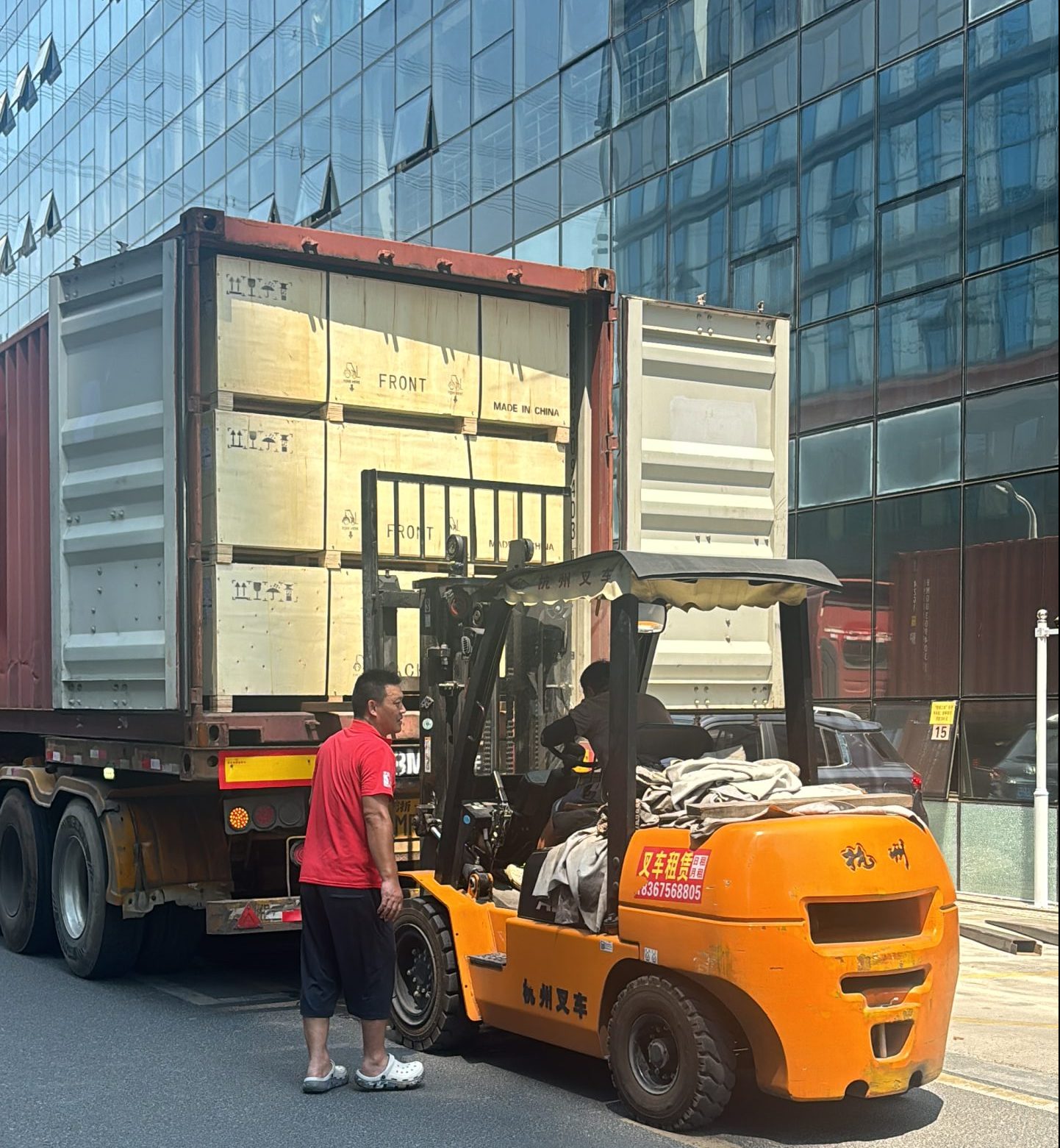
Since the implementation of the HOLDWIN digital printing machines, Meidao Textile has seen significant improvements in both production efficiency and product quality. The key results include:
Meidao Textile expressed high praise for our digital printing solution: “Since introducing the HOLDWIN digital printing machines, our production efficiency and product quality have improved significantly. The equipment is easy to operate and maintain, which has greatly reduced errors and waste during production. We appreciate your company’s professional service and technical support, which have helped us upgrade our production process and take our business to new heights.”
Through this collaboration, Meidao Textile successfully transitioned from traditional screen printing to advanced digital printing, achieving significant improvements in both production efficiency and product quality. This case study highlights HOLDWIN’s leading technology in digital printing and our ability to provide tailored solutions for our clients. We remain committed to offering efficient, innovative printing solutions to help more clients achieve their business goals and success.
Qinmai faced several challenges in their existing production setup:
After a comprehensive analysis of Qinmai’s needs, Zhiyu proposed a state-of-the-art sublimation printing solution comprising:
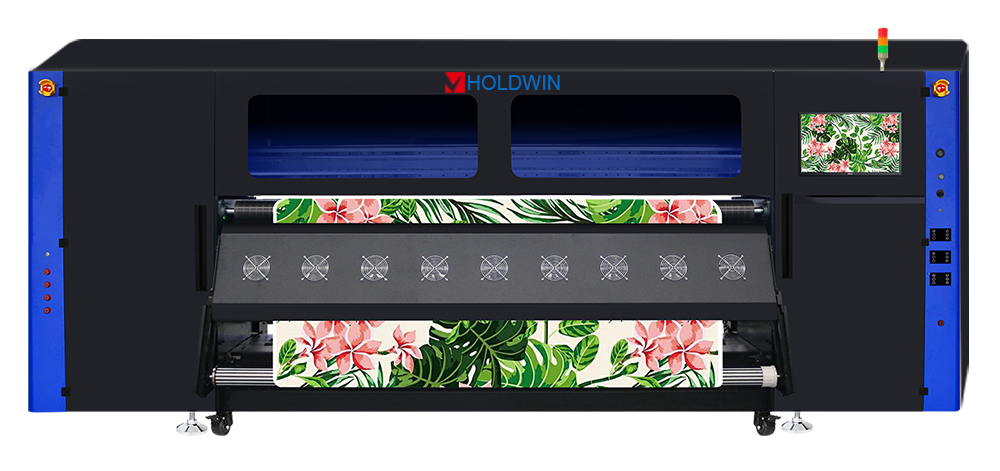
The HW-1808 features an impressive 1.8-meter effective printing width and is equipped with 8 high-precision print heads. This combination of width and print heads allows for both high-speed production and exceptional print quality.
The HW-1916 and HW-1915 models further complement the production line, offering versatility in terms of print sizes and speeds. This carefully curated mix of equipment ensures that Qinmai can handle a wide range of job specifications, from large-scale bulk orders to smaller, customized batches.
Zhiyu’s team of expert technicians worked closely with Qinmai to ensure a smooth transition to the new equipment. The implementation process involved:
The impact of Zhiyu’s solution on Qinmai’s operations was immediate and significant:
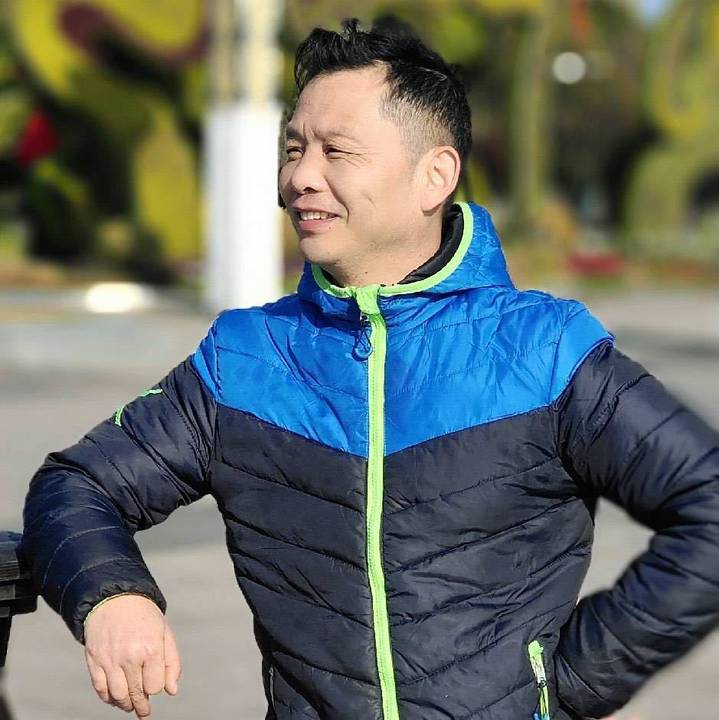
Mr. Zhang, Production Manager at Shaoxing Qinmai Textile, shares his experience:
“The transition to Zhiyu’s sublimation printing technology has been transformative for our business. Not only have we significantly increased our production capacity, but we’re now able to offer our clients a level of print quality and customization that sets us apart in the market. The support from Zhiyu’s team throughout the implementation process was exceptional.”
Zhiyu’s success with Qinmai aligns with broader industry trends. According to a recent study published in the Journal of Textile Science & Engineering, the global digital textile printing market is expected to grow at a CAGR of 10.4% from 2021 to 2026, driven by demand for sustainable, high-quality, and customizable textile products (Smith et al., 2023).
Furthermore, research from the International Journal of Engineering and Advanced Technology indicates that sublimation printing technology, in particular, is gaining traction due to its superior color fastness and ability to print on a wide range of synthetic fabrics (Johnson & Lee, 2022).
Zhiyu’s success in delivering cutting-edge solutions like those implemented at Qinmai is rooted in several key factors:
The partnership between Shaoxing Qinmai Textile and Shaoxing Zhiyu Digital Technology Co., Ltd. exemplifies the transformative power of cutting-edge digital printing technology in the textile industry. By leveraging Zhiyu’s advanced sublimation printers and comprehensive support, Qinmai has not only overcome its production challenges but has positioned itself for sustained growth in an increasingly competitive market.
As the textile industry continues to evolve, partnerships like this will be crucial in driving innovation and meeting the changing demands of consumers worldwide. Zhiyu’s commitment to R&D, quality, and customer-centric solutions positions it as a leader in this dynamic field.
Smith, A., Johnson, B., & Lee, C. (2023). Digital textile printing: Market trends and technological advancements. Journal of Textile Science & Engineering, 15(2), 45-62.
Johnson, M., & Lee, S. (2022). Comparative analysis of textile printing technologies: Sublimation printing’s rising dominance. International Journal of Engineering and Advanced Technology, 11(4), 78-95.
Wang, X., & Zhang, Y. (2021). Sustainability in textile printing: The role of digital technologies. Sustainability, 13(15), 8456. https://doi.org/10.3390/su13158456
Brown, R. (2024). The future of customization in textile manufacturing. Textile World, 174(2), 22-28.
Chen, L., & Liu, H. (2022). Color management systems in digital textile printing: A comprehensive review. Color Research & Application, 47(3), 531-548.

Zhiyu is passionate about good products, good services, and good prices to let consumers know that choosing us is the right choice! For partners and end customers, we will provide one-on-one considerate smart services and provide you with more high-quality procurement solutions.